Rode NT-USB Mini Studio-Quality USB Microphone
₱8,450.00
The Rode NT-USB Mini Studio-Quality USB Microphone brings the pristine sound quality of RØDE’s world-class studio mics to a compact, easy-to-use desktop USB microphone. Designed to deliver crystal-clear, professional-sounding audio direct to a computer or tablet, it’s the perfect microphone for gamers, podcasters, musicians, streamers, business professionals and content creators who want to be heard in full definition.
Rode NT-USB Mini Studio-Quality USB Microphone
[lwptoc]The Rode NT-USB Mini Studio-Quality USB Microphone brings the pristine sound quality of RØDE’s world-class studio mics to a compact, easy-to-use desktop USB microphone.
Designed to deliver crystal-clear, professional-sounding audio direct to a computer or tablet, it’s the perfect microphone for gamers, podcasters, musicians, streamers, business professionals and content creators who want to be heard in full definition.
The Rode NT-USB Mini features a studio-grade headphone amplifier and a high-quality 3.5mm headphone output, complete with precision volume control, allowing you to easily monitor your audio. There is also a switchable zero-latency monitoring mode for eliminating distracting echo when tracking vocals or recording instruments.
It is incredibly easy to set up and use, with simple controls, an in-built pop filter and a class-compliant USB output that works seamlessly with computers or tablets, no drivers or software needed. Just plug into your Mac, PC or tablet with the included USB cable and hit record.
The Rode NT-USB Mini features a unique detachable magnetic desk stand – not only does this provide a sturdy base on any desktop, it also makes it easy to remove and attach to a mic stand or studio arm. This and the unique 360-degree swing mount means you can position the mic wherever it needs to be to get the best recording possible.
The Rode NT-USB Mini is the perfect addition to any desktop or home studio setup. At just 89mm wide and 141mm tall, it’s very compact, taking up only a fraction of precious desktop real estate. It also looks fantastic – sleek and stylish, with clean lines and a modern aesthetic.
Hard-wearing steel and reinforced nylon resin construction ensure the Rode NT-USB Mini is ready to take on the rigours of recording anywhere and everywhere.
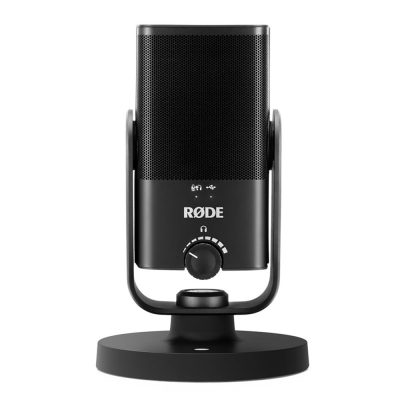
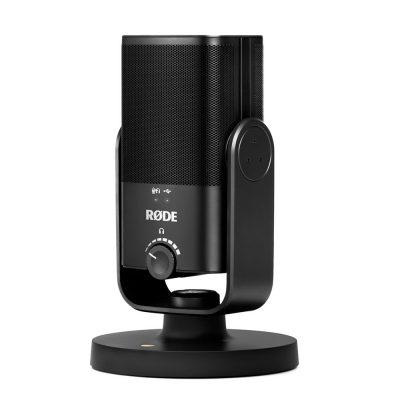
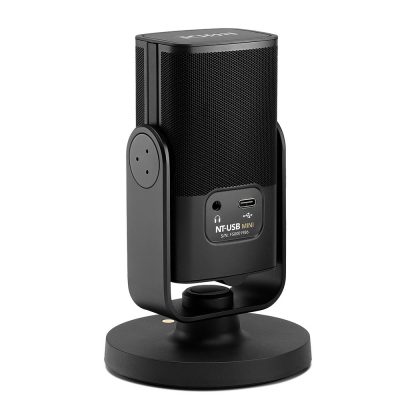
Rode NT-USB Mini Features
- High-quality condenser capsule that delivers warmth and presence for a clear, professional sound.
- Directional cardioid pickup pattern optimised to reduce room sound and other extraneous noise.
- Smooth frequency response that sounds incredible in a wide variety of applications.
- In-built pop filter for reducing plosives.
- Unique detachable magnetic desk stand to mitigate knocks and bumps and is easy to remove.
- Integrated 360-degree swing mount for quick and easy positioning on a desktop, mic stand, or studio arm.
- Studio-grade headphone amplifier with precision level control and switchable zero-latency monitoring for eliminating distracting echo.
- Class-compliant USB output that works seamlessly with computers and tablets, simple to use – just plug in and hit record.
Rode NT-USB Mini Specifications
| Acoustic Principle | Pressure gradient |
| Active Electronics | Electret condenser, A/D and USB interface |
| Polar Pattern | Cardioid |
| Frequency Range | 20 Hz – 20 kHz |
| Input SPL @ 1% THD | 121dB (A-weighted, as per IEC651) |
| Sample Rates | 48 kHz |
| Bus Powered | Yes |
| Bit Depth | 24-bit |
| Analog Outputs | 3.5mm headphone |
| Computer Connectivity | USB – simultaneous I/O
Mono input, stereo output |
| Output Connection | USB-C |
| OS Requirements | macOS 10.12 / Windows 10 |
MECHANICAL SPECIFICATIONS
| Weight (g) | 585 |
| Dimensions (mm) | Height: 141.9
Width: 54.5 Diameter (base): 89.3 |
Rode NT-USB Mini In the Box
- NT-USB Mini
- STUDIO-QUALITY USB MICROPHONE
- 2m USB-C Cable
- Thread Mount Adapter
Rode NT-USB Mini FAQs
What does the knob on the NT-USB Mini do?
- The knob on the Rode NT-USB Mini is an output control for your headphone levels. It is not an input control – your input level must be set on your computer or recording device. This knob also activates zero-latency monitoring mode, which accessed by pressing it and is indicated by the top left LED.
Will the NT-USB Mini work with high-impedance headphones?
- The headphone amplifier in the Rode NT-USB Mini is very powerful, and easily capable of driving high-impedance headphones.
How do I adjust the level going to the computer?
- The input gain for the Rode NT-USB Mini can be controlled through your system settings. For Mac, this will be in ‘Sound Preferences’ > ‘Input’ tab > ‘Input Volume’. For PC, it will be in ‘Recording Devices’ > click on “NT-USB Mini” > ‘Properties’ > ‘Levels’. The volume knob controls the output going to your headphones.
Does the NT-USB Mini have a pop filter?
- Yes, the Rode NT-USB Mini has an in-built pop filter for reducing plosives. This differs from the NT-USB, which has an external pop filter.
I have zero-latency monitoring mode activated, but I’m still hearing echo in my recording. How do I stop this?
- If you are still hearing an echo when you activate the zero-latency monitoring mode on the Rode NT-USB Mini, you should mute your microphone channel output in your recording software.Here’s an example. Let’s imagine you are adding the vocal track to a song. In your recording software you have the other parts of the song – drums, guitar, bass and so on; you have created a track for the vocal and assigned the NT-USB Mini to this track to record.
- By default, your DAW will likely still be sending the output of the microphone back to the headphone along with the rest of the mix. You will hear this in addition as the zero-latency audio from the mic, meaning your voice might sound as if it has an echo or doubling effect on it.
- To prevent this, mute the output of your vocal track in your software when you are recording the vocal. This means you will hear in your headphones two things – the full mix of the song, but without your voice, and the zero-latency monitor output of your voice. This makes for a more natural recording experience.
- Once you’ve finished recording, don’t forget to unmute your vocal channel so you can listen to and your song with the vocal track you just recorded in the mix. Also deactivate zero-latency monitoring so you can edit your mix without any distracting sounds from the room being picked up by the mic and sent to your headphones.
What recording distance is best for this microphone?
- The Rode NT-USB Mini is a condenser microphone, which means it is quite sensitive and capable of cleanly picking up audio further from the microphone. This makes it great for a wide variety of applications, from recording acoustic guitar to taking a video call while sitting at a desk.
- For singing, livestreaming or voiceover production, we recommend setting up the microphone around 10-15cm from the mouth to take advantage of the proximity effect. Placing the microphone closer to the sound source will also improve the voice-to-background-noise ratio.
What RØDE accessories is the Rode NT-USB Mini compatible with?
- The Rode NT-USB Mini is compatible with the PSA-1, DS1, Tripod and all RØDE boom poles.
How does the zero-latency monitoring mode work?
- When you record into your computer, you usually want to monitor (listen to) what you are recording in your headphones. By default, the audio is sent from the microphone to your computer and is then processed by your recording software. It is then sent back to your headphones.
- The problem with this is that it takes a fraction of a second for your computer software to process the audio and send it back to the headphones, which can cause a distracting delay – this delay is known as latency and will vary in length depending on your setup.
- This delay can make it very hard to perform naturally, whether you’re singing or speaking. The zero-latency monitoring mode removes this distracting delay. This is achieved by sending the output of the microphone directly to the headphones in real-time, bypassing the computer.
- This signal is accompanied by the output from your computer, so you can still hear the output (for example, your backing track if you are singing, or your game sound if you’re streaming), but allows a more natural and comfortable listening experience (which results in a better performance).
- To activate this mode, simply press the volume knob on the front of the Rode NT-USB Mini. You will immediately hear the output of the microphone in your headphones.
- To deactivate this mode, simply click the volume knob again.Note: When using zero-latency monitoring mode, you may want to mute your microphone channel output in your software while recording, so you only hear the rest of the mix. This will ensure the most natural and echo-free sound.
What’s the difference between the NT-USB and the NT-USB Mini?
- The Rode NT-USB Mini is more compact than the NT-USB; it also has an in-built pop filter, a magnetic base that is easily detachable, a 360-degree swing mount, and more streamlined, straightforward controls, which makes it a great portable, easy-to-use option.
- The Rode NT-USB features a removable pop shield, a locking thread base for mounting to external shock mounts, along with a monitor mix control knob to fine tune your mic input/device output mix. Both microphones deliver pristine, studio-quality audio.
Does the NT-USB Mini work with all computers and tablets?
- The Rode NT-USB Mini will work with any device that supports class-compliant audio. This includes PCs, Macs, Android devices, and Lightning iOS devices when used with the camera connector kit. If there is a warning on your device that the mic draws too much power, then simply plug in the lighting port of the adapter to a power supply.


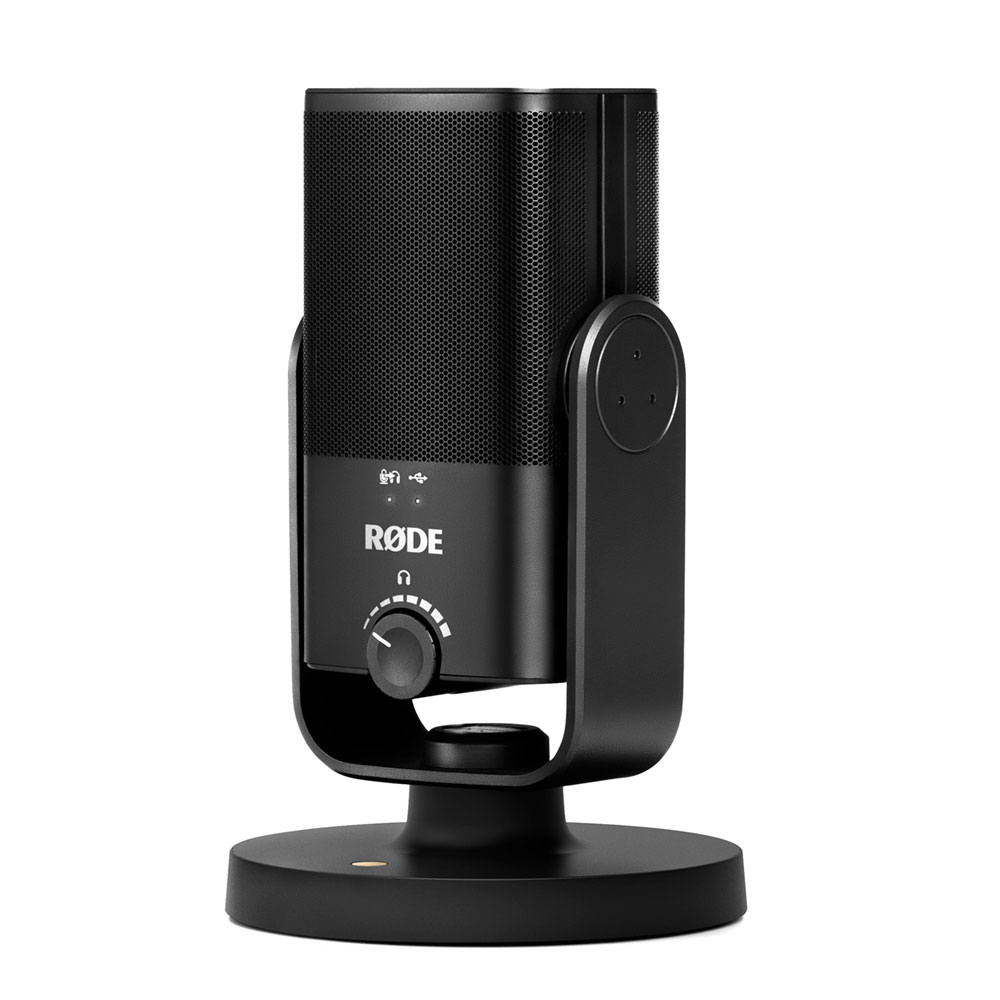

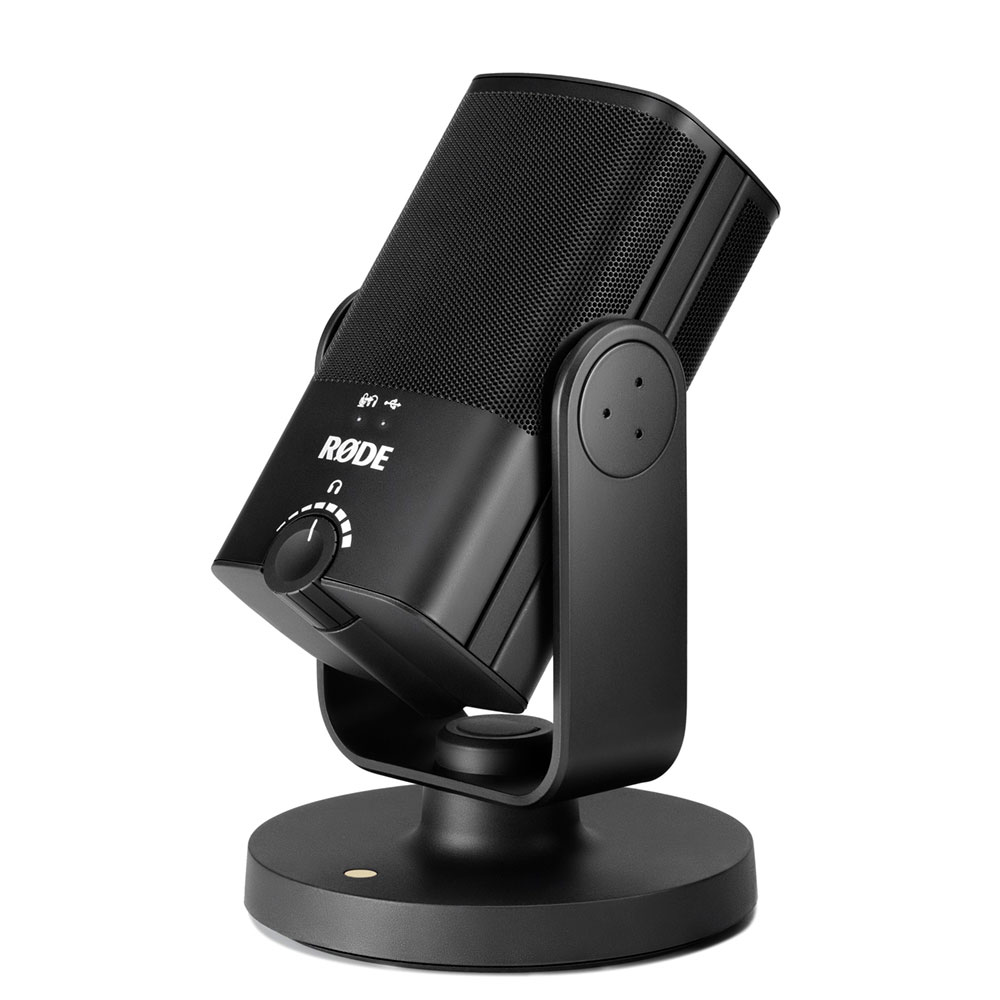


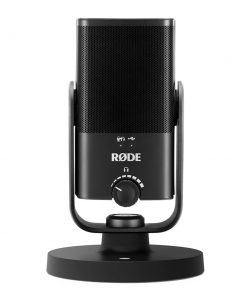
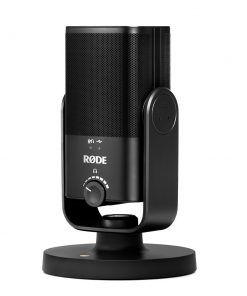

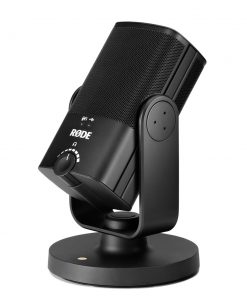



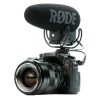
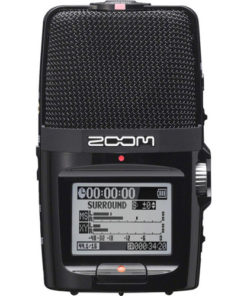

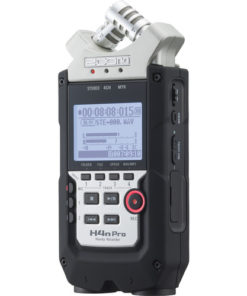

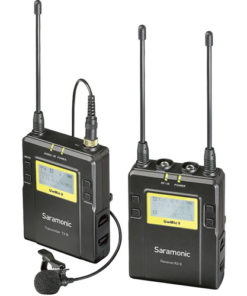
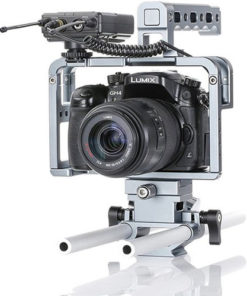
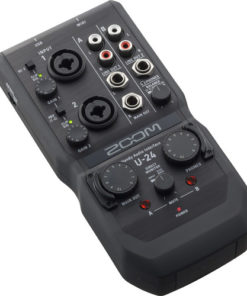
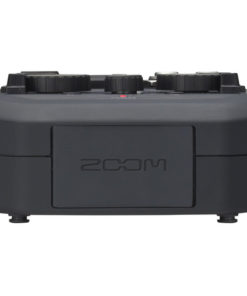
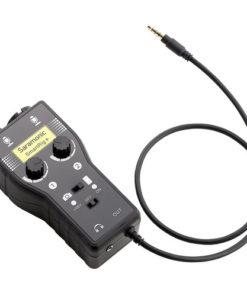

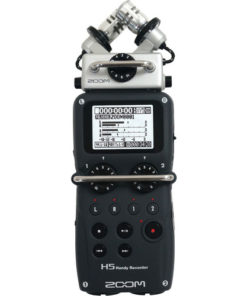
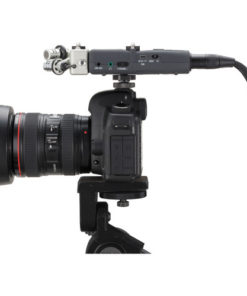

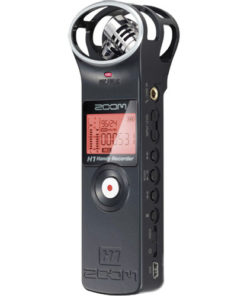
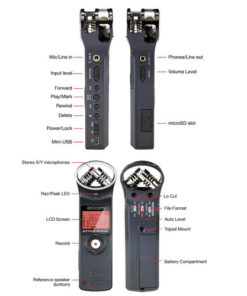
Reviews
There are no reviews yet.